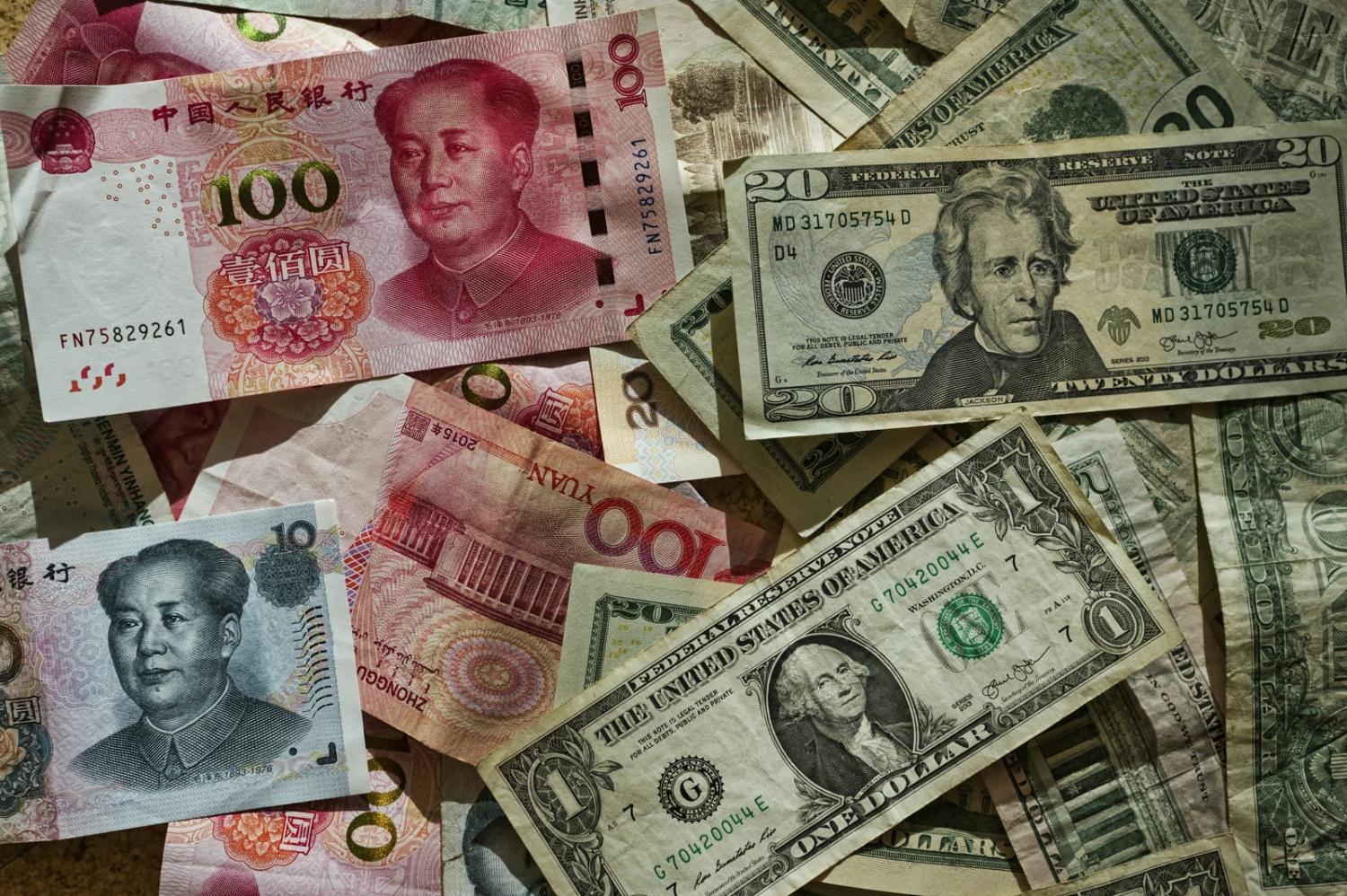In August, Beijing threw a lifeline to Argentina, a serial defaulter in sovereign debt, by arranging to pay back in yuan half of a US$2.7 billion instalment of an emergency loan to the International Monetary Fund. The purpose was that the Latin American nation could save some of its precious store of greenbacks.
In an arrangement orchestrated through the People’s Bank of China and the Argentinian central bank via what is called a currency swap line, the payment in yuan was the equivalent of the required dollar amount and China got its money back in pesos.
It was the second time in six months that Argentina has fallen back on the yuan to get out of a hole and so pleased was the government that it decided to deepen the arrangement by paying in yuan for imports from China. However, the election of new president Javier Milei, the self-styled “anarcho-capitalist” who plans to abolish the central bank and replace the peso with the dollar among other radical solutions for a devastated economy, could force Argentina away from the yuan. But, if Milei cannot dollarise the economy (as most economists predict), the yuan may become even more useful.
That’s what Brazil is finding under president President Luiz Inácio Lula da Silva who is committed to broadening the role of the Chinese currency in the country’s payment systems.
Measured against the vast tide of foreign currency transactions undertaken each day, Argentina’s yuan-for-pesos swap in August was a drop in the bucket. However, it should be seen as just the latest of numerous similar deals that Beijing is doing around the world that are designed to increase the power of its currency, known as the RMB in the markets.
The People’s Bank of China has been busily working similar swap arrangements, most notably with Russia in a deliberate strategy to help evade sanctions that have blocked it from tapping its own international reserves held in other entities. The arrangement with Russia is almost certainly China’s biggest swap line – and it’s growing. Following the withdrawal of Visa and Mastercard, Russian banks currently issue credit and debit cards linked to China’s Union Pay system.
At last count China had signed these deals – more formally known as bilateral currency swap lines (BSLs) – with no less than 41 countries for a total notional value of US$554 billion. There is nothing anything inherently sinister in a BSL – the Reserve Bank of Australia, for example, signed one with China years ago. The underlying principle behind a BSL is to avoid the kind of liquidity crunches that happened during the Covid pandemic, but also to smooth out trade payments.
Until recently BSLs had no, or little, political motivation. They were purely mutually beneficial, technical arrangements. But that is changing as Beijing aims to erode the hegemony of the dollar in world markets, by default the anchor currency in a turbulent sea. As a well-researched 2022 paper by the Atlantic Council, an American think tank, points out:
While these BSLs can be used to meet RMB (or other local currency) liquidity needs, the motivation behind these [Chinese] agreements has been to settle bilateral trade and investment transactions in RMB (or other local currencies) in order to gradually reduce the reliance on the US dollar in bilateral transactions both for political reasons and to avoid the volatility of the dollar value of local currencies due to changes in US Fed monetary policy.
In pursuit of this long-term plan, in quick succession China has created a network of BSLs in the region it intends to dominate. Between South Korea, Singapore, Indonesia, Malaysia and Thailand, China has built up swaps to the tune of $92 billion that will help spread the yuan throughout the fastest-developing nations in the world. “The motivation here is to foster local currency settlement arrangements of the bilateral trade of each of these countries with China,” explains the Atlantic Council.
This can be a mutually convenient arrangement, but there is a more subtle purpose and that is to lessen reliance on the greenback by, as with Argentina, providing an alternative settlement currency. That’s why currency traders sometimes refer to the yuan as the “redback”.

Some economists, Chinese ones in particular, see the rise of the yuan through BSLs as a game-changer. As the Communist Party-owned China Daily wrote in August, drawing a long bow: “The [yuan] has emerged as a safeguard of global financial stability, shielding an increasing number of developing economies from the spillover effect of drastic adjustments in the United States’ monetary policy.”
The China Daily further saw the Argentinian deal as “underscoring the currency’s potential in mitigating developing economies common challenge of a US dollar shortage and revamping the global monetary system.”
Given that the yuan’s share of global payments is just 2.77 per cent, well behind the euro, sterling and yen, according to financial messaging platform Swift, this is some boast. And with the dollar at 42 per cent, its century of pre-eminence is not in danger. As the US Fed pointed out in a paper in mid-2023: “We find that the dollar remains the dominant currency and plays an outsized international role as measured by usage in international reserves and other dimensions relative to the US share of global GDP.”
In fact, the greenback has sailed through the latest disruptions and only looks stronger. While central banks these days tend to hold a greater variety of reserves including the Australian dollar as a stability measure, most of these currencies are issued by countries that broadly line up with Washington policy on sanctions and other issues. There is no sign of a deep structural shift out of the greenback.
But a plan is certainly. As the Atlantic Council points out, another settlement currency is developing, especially among sanctions-dodging nations. “The RMB has been, and will be, increasingly used in this alternative system,” the council concludes.

